Scientists at the University of Arizona have pinpointed the exact moment one of the most powerful solar storms in history, known as the Miyake Event, struck Earth around 664 to 663 BC.
The discovery, based on analysis of ancient tree rings, opens new doors to better understanding the potential threat of extreme solar events to modern technology.
Solar storms occur when the star’s magnetic field is twisted to the point of breaking, releasing huge amounts of energy into space. While the Earth’s atmosphere protects us from direct danger, we still experience solar storms through auroras and occasional power outages.
The powerful solar storms, known as Miyake Events, have around 20 times more cosmic radiation than normal. They are named after Fusa Miyake, who discovered them in 2012 while studying growth rings in trees at Nagoya University.
Decoding the history of solar storms from ancient trees
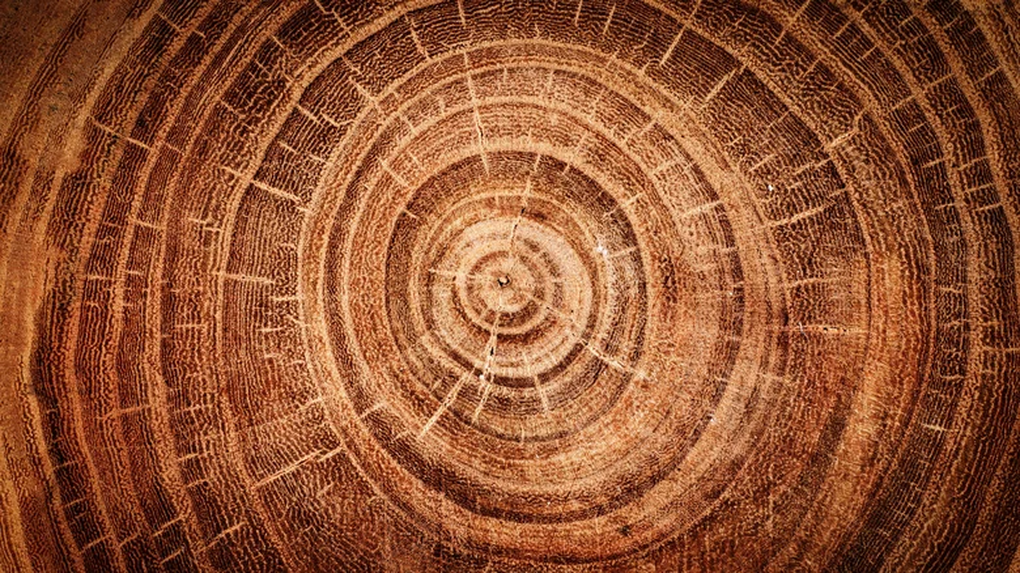
The research team used the method of analyzing carbon-14 in ancient tree rings (Photo: BRG).
A team at the University of Arizona's Tree Ring Research Laboratory used a method of analyzing carbon-14 in ancient tree rings.
The energy from Miyake Events not only changed the radiocarbon content but also the chemical composition of the radiocarbon in the atmosphere. This radiocarbon isotope is clearly present in tree rings and can be used to determine when solar storms were headed for Earth.
The ancient wood samples were compared with ice cores from glaciers and ice shelves, which store beryllium-10 from solar storms.
If ice cores from both the Arctic and Antarctic show a spike in the isotope beryllium-10 in a particular year, corresponding to an increase in radiocarbon in tree rings, then it suggests a solar storm occurred at that time.
The existential threat from solar storms
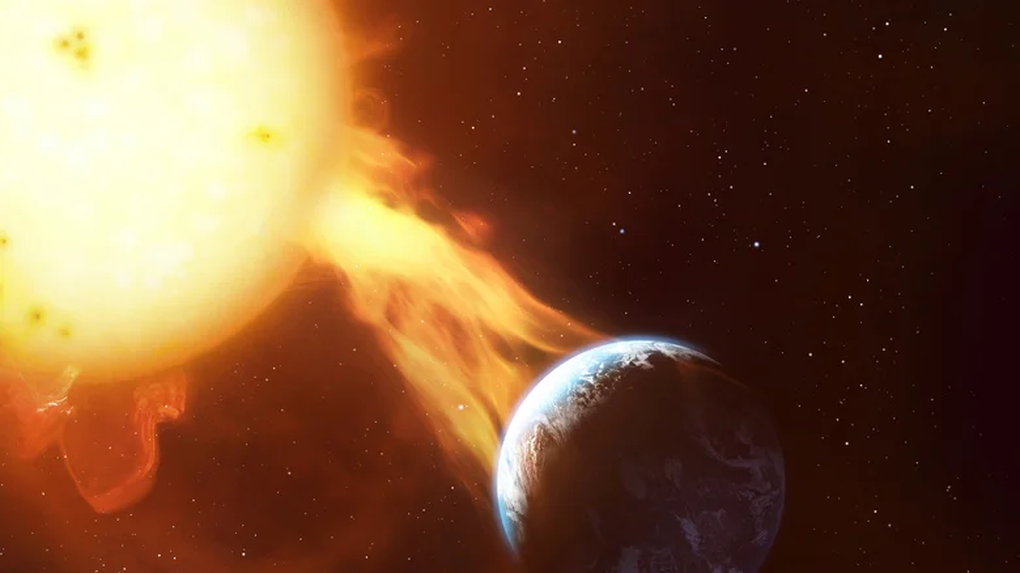
The existential threat from solar storms (illustration: Adobe).
In the past, humans did not have to worry about solar storms. However, modern technology today is very sensitive to these storms, which can cause serious consequences.
The Carrington Event of 1859, a solar storm that caused a global telegraph communications failure, causing telegraph machines to explode and start fires, is a classic example of the impact of solar storms on technology.
A Miyake Event today could cause serious problems for satellites, disrupt GPS systems, knock out power grids, and damage computers. The economic cost of these events could be more than $2 trillion.
"People who lived thousands of years ago probably saw the aurora, they saw lights in the sky. They probably marveled at it. But other than that, it wouldn't have affected them," Charlotte Pearson, a tree chronologist at the University of Arizona, stressed.
“We are the first society on Earth to experience one of these events and will be extremely vulnerable and severely affected by such events,” he stressed.
Source: https://dantri.com.vn/khoa-hoc/bi-mat-bao-mat-troi-manh-nhat-lich-su-an-giau-trong-than-cay-co-thu-20251001000150761.htm






![[Photo] Prime Minister Pham Minh Chinh chairs the 16th meeting of the National Steering Committee on combating illegal fishing.](https://vphoto.vietnam.vn/thumb/1200x675/vietnam/resource/IMAGE/2025/10/07/1759848378556_dsc-9253-jpg.webp)





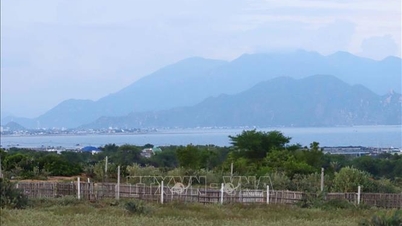

















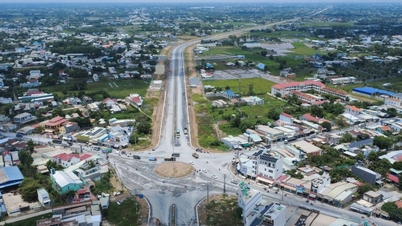




![[Photo] Super harvest moon shines brightly on Mid-Autumn Festival night around the world](https://vphoto.vietnam.vn/thumb/1200x675/vietnam/resource/IMAGE/2025/10/07/1759816565798_1759814567021-jpg.webp)














































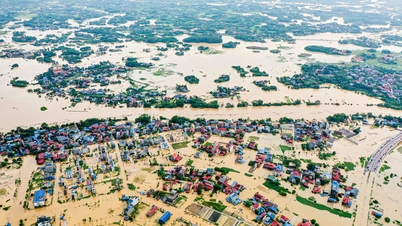






















Comment (0)